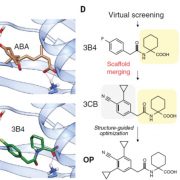
Dynamic control of plant water use using designed ABA receptor agonists (Science)
Plant Science Research WeeklyABA is synthesized in response to water stress and promotes stomatal closure, thus decreasing transpiration. Crop yields can be increased by controlling transpiration early in the growing season, ensuring that soil water resources persist through the seed-set period. Building upon earlier studies, Vaidya,…
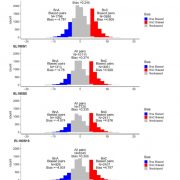
Replaying the evolutionary tape to investigate subgenome dominance in allopolyploid Brassica napus (bioRxiv)
Plant Science Research WeeklyFollowing interspecific hybridization, one of the two parental genomes (aka subgenomes) tends to become dominant (more highly retained and expressed). What determines which of the subgenomes will become dominant, or is it random? To explore this question, Bird et al. made several crosses between Brassica…
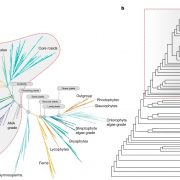
One thousand plant transcriptomes and the phylogenomics of green plants (Nature)
Plant Science Research WeeklyWith a collaborative effort by multiple laboratories across the world, a database of transcriptomics data has been generated for 1124 species encompassing green plants, glaucophytes, and red algae. This extensive work referred to as onekp (one thousand plant transcriptomes) will aid in researchers to…
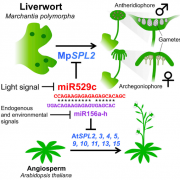
Early origin of miRNA-SPL module in reproductive development revealed by liverwort (Curr. Biol)
Plant Science Research WeeklyIn Arabidopsis and other angiosperms, transition to flowering is controlled by a regulatory module that includes transcription factors from the SPL family and a miRNA miR156 targeting them. Marchantia and bryophytes do not make flowers, but there is an equivalent module that includes miR529c and a single…

Challenging current interpretation of sunflower movements (J. Exp. Bot)
Plant Science Research WeeklyPlants are vigorous and sensitive organisms that can move various organs: leaves, shoots, tendrils, flower petals and roots. Movements in plants are usually regarded as a response to an environmental stimulus, such as light, temperature, or gravity. However, plants also are capable of autonomous, endogenous…

Postdocs’ lab engagement predicts trajectories of PhD students’ skill development (PNAS)
Plant Science Research WeeklyWhen considering the traditional structure of mentorship in doctoral programs, it is easy to credit the doctoral advisor as the primary expert and liaison to their graduate students in a mentorship strategy known as the cognitive apprenticeship model. Contrary to this strategy is the cascading mentorship…

Scientific societies advancing STEM workforce diversity (bioRxiv)
Plant Science Research WeeklyDue to their stability and far-reaching support at all career stages, scientific societies are uniquely well-equipped to serve as trail-blazers in promoting the advancement of under-represented minority (URM) scientists. Scientific societies that participate in diversity initiatives are ubiquitous, however…
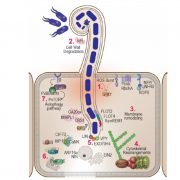
Plant Science Research Weekly: November 1
Blog, WWR Full PostReview: Celebrating 20 years of genetic discoveries in legume nodulation and symbiotic nitrogen fixation
Legumes are important crops because they are protein-rich, as a consequence of symbiotic nitrogen fixation (SNF). In the past 20 years, through forward and reverse genetics more than 200 genes…

